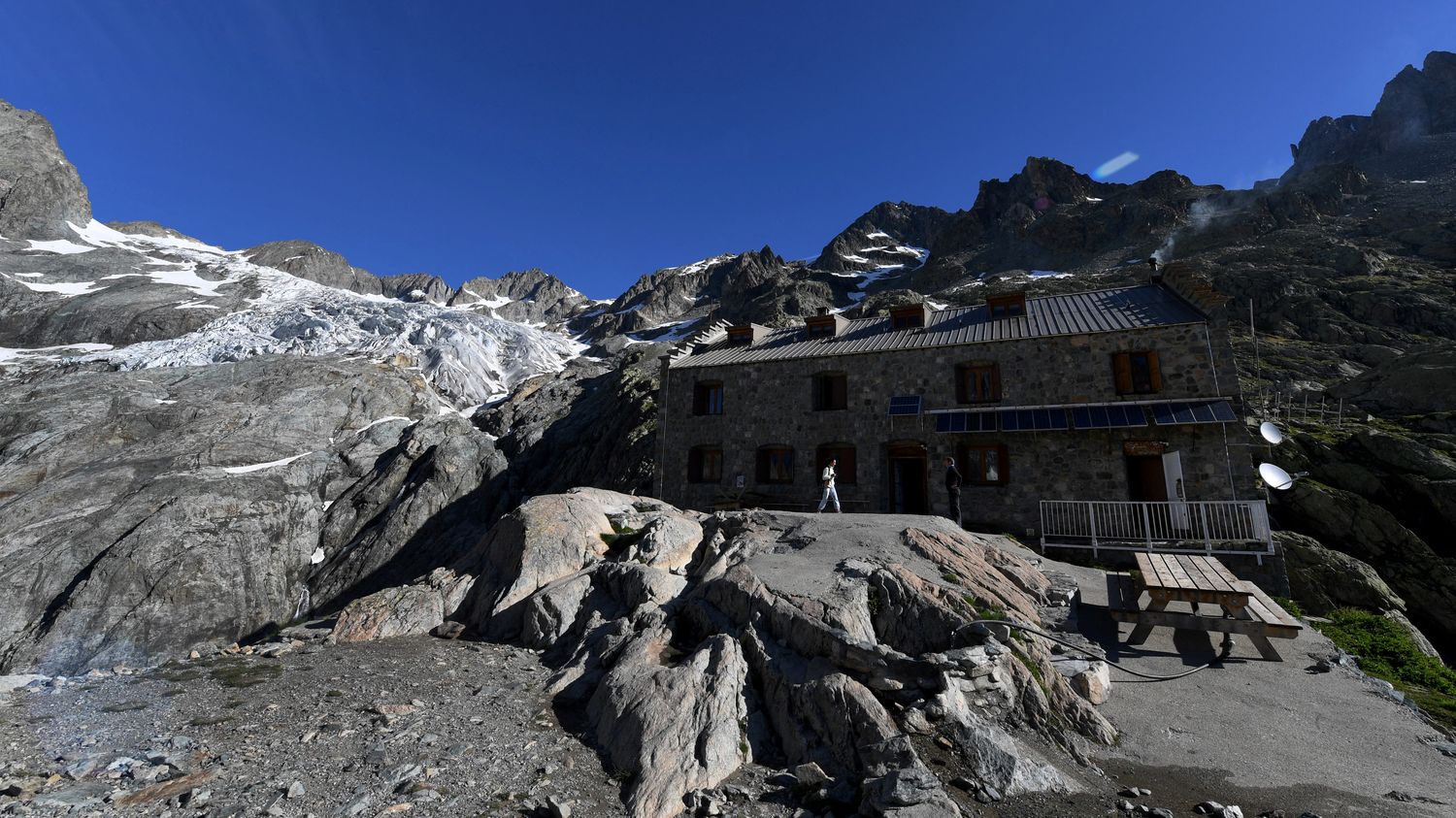According to a CNRS scientist, in the Alps, 947 structures are located on the permafrost, the frozen subsoil that is gradually melting. All these elements are threatened by climate change, caused by human activities.

Published
Updated
Reading time: 2 min

Shelters, ski lifts: in the mountains, infrastructure can be threatened by global warming. The destabilization of permafrost and the melting of glaciers weaken structures. This is the case in the Alps, where some buildings have even had to be closed in recent years. The Refuge de la Pillatte is emblematic, located very close to the glacier of the same name, in the heart of the Ecrins massif in Isère. Today, it is impossible to accommodate passing mountaineers there. The risks of the building collapsing are too great because of the melting glacier.
“This is not a new phenomenon since the end of the Little Ice Age [approximativement entre le début du XIVe siècle et la fin du XIXe siècle]it is a glacier that has retreated enormously”, explains Maria Isabel Le Meur, deputy director of the Federation of Alpine and Mountain Clubs. “What is new, however, is that the building has been seriously destabilized,” she adds. A situation which requires “close to the public” the shelter.
Climate change therefore has “important consequences for mountain practice and for the territory”In total, 6,000 to 7,000 people were welcomed each year in this refuge, one of the 115 buildings managed by the Federation of Alpine Clubs.
Torrential floods, avalanches, landslides: mountain dwellers are used to these extreme phenomena, but they are noticing that they are becoming more and more intense. “It’s certain that we see them more and more, continues Maria Isabel Le Meur. The question arises : How far do we go in protecting these buildings? She says that “the question arose” on a shelter. To protect it, “It would have been necessary to build a wall more than a hundred meters long, in the heart of a national park”. “There, clearly, the answer is no. We cannot go that far.”she concluded.
Another source of destabilization: permafrost, the frozen subsoil, which is deteriorating. “We’re talking about ice concrete, ice cement. Permafrost, normally, is something that should be stable,” supports Ludovic Ravanel, research director at the CNRS.
“Today, if this permafrost is deteriorating, it is indeed due to the acceleration of global warming.”
Ludovic Ravanel, research director at the CNRSfranceinfo
The scientist explains that this “poses a whole series of safety issues for climbers, for infrastructure, and even for valleys, since we now have destabilizations with volumes exceeding several million cubic meters. We can thus have entire valleys affected by these phenomena”.
According to Ludovic Ravanel, 947 structures are located on the permafrost in the Alps. Shelters, ski lifts, electricity pylons or antennas, which are all infrastructures that need to be monitored carefully.
